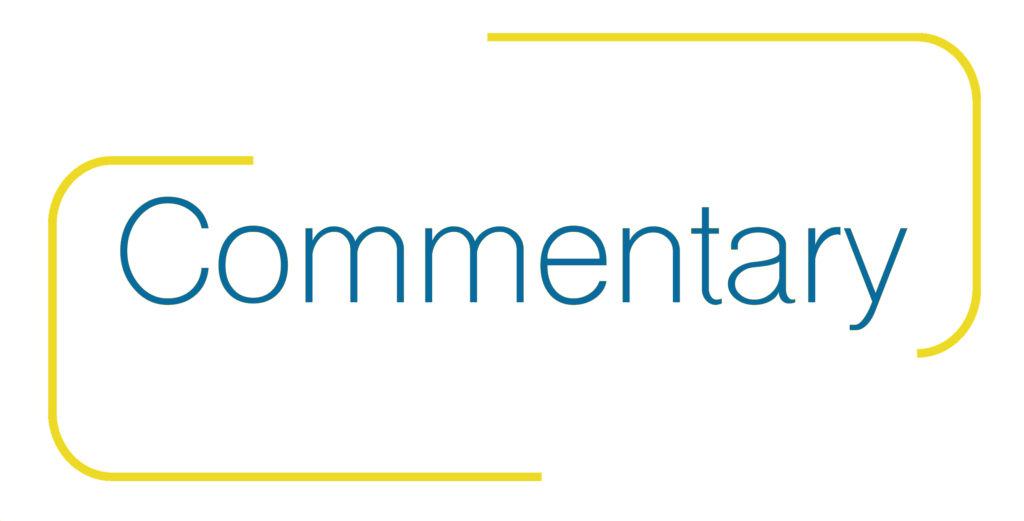In today’s higher education landscape, community colleges face new and unexpected challenges. In this Covid era, attracting students and retaining those currently enrolled has become more difficult than ever before.

It’s natural to “hope for the best and prepare for the worst.” However, with so many uncertainties, it’s hard to forecast the future. That’s why that popular marketing adage is so relevant right now: “When times are good you should advertise. When times are bad you must advertise.”
Even before the pandemic hit, it was well known that the student journey is complex. A 2017 study by Google highlighted the fact that more than 51% of prospective students spend over a year researching higher education options. For community colleges, it’s an opportunity to reach out to prospective students – repeatedly – and show them why a two-year college makes the most sense.
Ads on streaming services, social media
The continuing effects of the pandemic have made this point even more clear. Now is not the time to reduce marketing budgets but to instead amp up and strategically pivot. That’s exactly what South Texas College in McAllen has done. Since the spring, the college has increased the amount spent on advertising, and the investment has paid off.
At the outset of the pandemic, the college first reviewed where its advertising dollars were being spent and then reallocated them. For example, geofencing no longer made as much sense because people weren’t out and about during quarantine, and those ads were not getting many click-throughs. People were, however, spending a lot of time in front the television, so the college moved some of its geofencing funds over to advertise on streaming services like Hulu and the PlayStation Network.
South Texas also focused its attention on social media advertising to draw potential students to the college landing page, where they could request information. The college’s customer relations management software tracks impressions and landing page activity and found surprising results. Typically, in a semester (before Covid), social media ads would bring in 2,000 to 3,000 leads. But going into this fall semester, social media advertising brought in more than 8,000 leads – and there’s already increased interest in the spring semester, too.
The increase in leads is, no doubt, a result of the pandemic, which has caused more prospective students to search for higher education options. South Texas College has found increased interest among four groups:
- Recent high school graduates who in past years would have focused only on enrolling in four-year colleges.
- Students contemplating not returning to costly four-year colleges that now offer only online or hybrid classes.
- Students who are opting for a gap year and might be interested in a certificate program.
- The growing population of recently unemployed or underemployed workers who, due to the pandemic, need to build new skills.
Competition among colleges
Reducing marketing budgets at this time simply doesn’t make sense. Remember, a student’s decision to enroll can be full of twists and turns, and by skimping on advertising, colleges miss the opportunity to engage prospective students at key touchpoints. This, in turn, affects efforts to obtain leads and support enrollment growth.
Reducing marketing efforts also places community colleges at risk of losing “share of mind” with prospective students. Competing schools, particularly four-year universities, are not likely to be standing still in this period. They’re eyeing every opportunity to encroach upon the prospective student pipeline and drive students away from community colleges.
In contrast, competitors who aren’t beefing up their advertising and outreach are presenting an opportunity for community colleges to increase their awareness among prospective students and gain additional ground over their competitors.
Above all else, this pandemic is creating new behavioral patterns among current and prospective students. This makes it imperative for community colleges to consider how they can continue to adjust and how they can be prepared for when things turn around.
In the end, persistent marketing and promotional outreach projects an image of stability, showing students that while many things have changed, community colleges are still here to support and help them succeed.





